Thanks to this forum, it didn't take me long to decide to ditch the crappy factory ball joints for something better: Synergy Suspension ball joints.
I tried to put the entire install in one thread but the site only allows a maximum of 15 images in a thread so I broke it down into 4 threads.
Vehicle
2011 Rubicon Unlimited
Tools & Supplies
2-3 pound hammer
Pair of jackstands
Floor jack
1/2" drive breaker bar
1/2" drive ratchet
1/2" drive extensions
1/2" drive 21mm socket
1/2" drive 13mm 12 point socket
Torque wrench
5mm allen wrench
Small flat blade screwdriver
7/8", 1-1/16", and 1-1/8" combination wrenches or sockets
5/16" socket or combination wrench
Diagonal pliers
Anti-seize
Wire Brush or Dremel
180 or 240 grit sandpaper
Ball joint press
Adapter set
Bungee cord or zip ties
Rubber mallet or deadlblow hammer
New ball joints
Brake cleaner
Rags
Extreme pressure moly grease
Notes
A. If you do this indoors make sure you allow at least 4 feet of space on the passenger side so you have room to remove the axle shaft and hub assembly.
B. The upper ball joint is pressed out/in from the top.
C. The lower ball joint is pressed in/out from the bottom.
D. I also installed axle tube seals at the same time.
Steps
1) Place the transmission in Park or 1st. Set the parking brake. Start on one side and loosen the wheel nuts. Raise the front of the Jeep and place a jackstand under the axle tube just inside of the axle 'C'.
2) Remove wheel/tire and set it out of the way.
3) Unclip the wheel speed sensor harness from the brake hose and upper ball joint bracket.
![Image]()
![Image]()
![Image]()
4) Remove the two 21mm bolts that hold the caliper assembly to the knuckle. Slide the caliper off the rotor and hang it from the frame with a bungee cord or zip ties. DO NOT LET THE CALIPER HANG BY THE BRAKE HOSE! Remove the rotor and set it aside.
![Image]()
![Image]()
![Image]()
5) Remove the bolt that hold the wheel speed sensor to the hub bearing but do not remove sensor at this time.
![Image]()
6) Using a 13mm 12 pint socket, remove the three bolts on the back side of the knuckle that mount the hub assembly to the knuckle.
![Image]()
![Image]()
7) Rap the outer edge of the hub assembly with a rubber mallet or deadblow hammer and pull it out from the knuckle a few inches.
![Image]()
8) Carefully remove the wheel speed sensor from the hub and pass it through the slot in the backing plate. Hang the harness and sensor on the brake caliper. Treat the sensor gently as it can be easily broken or damaged.
![Image]()
![Image]()
9) Pull the axle shaft completely out and set it on a clean surface.
![Image]()
![Image]()
![Image]()
I tried to put the entire install in one thread but the site only allows a maximum of 15 images in a thread so I broke it down into 4 threads.
Vehicle
2011 Rubicon Unlimited
Tools & Supplies
2-3 pound hammer
Pair of jackstands
Floor jack
1/2" drive breaker bar
1/2" drive ratchet
1/2" drive extensions
1/2" drive 21mm socket
1/2" drive 13mm 12 point socket
Torque wrench
5mm allen wrench
Small flat blade screwdriver
7/8", 1-1/16", and 1-1/8" combination wrenches or sockets
5/16" socket or combination wrench
Diagonal pliers
Anti-seize
Wire Brush or Dremel
180 or 240 grit sandpaper
Ball joint press
Adapter set
Bungee cord or zip ties
Rubber mallet or deadlblow hammer
New ball joints
Brake cleaner
Rags
Extreme pressure moly grease
Notes
A. If you do this indoors make sure you allow at least 4 feet of space on the passenger side so you have room to remove the axle shaft and hub assembly.
B. The upper ball joint is pressed out/in from the top.
C. The lower ball joint is pressed in/out from the bottom.
D. I also installed axle tube seals at the same time.
Steps
1) Place the transmission in Park or 1st. Set the parking brake. Start on one side and loosen the wheel nuts. Raise the front of the Jeep and place a jackstand under the axle tube just inside of the axle 'C'.
2) Remove wheel/tire and set it out of the way.
3) Unclip the wheel speed sensor harness from the brake hose and upper ball joint bracket.



4) Remove the two 21mm bolts that hold the caliper assembly to the knuckle. Slide the caliper off the rotor and hang it from the frame with a bungee cord or zip ties. DO NOT LET THE CALIPER HANG BY THE BRAKE HOSE! Remove the rotor and set it aside.

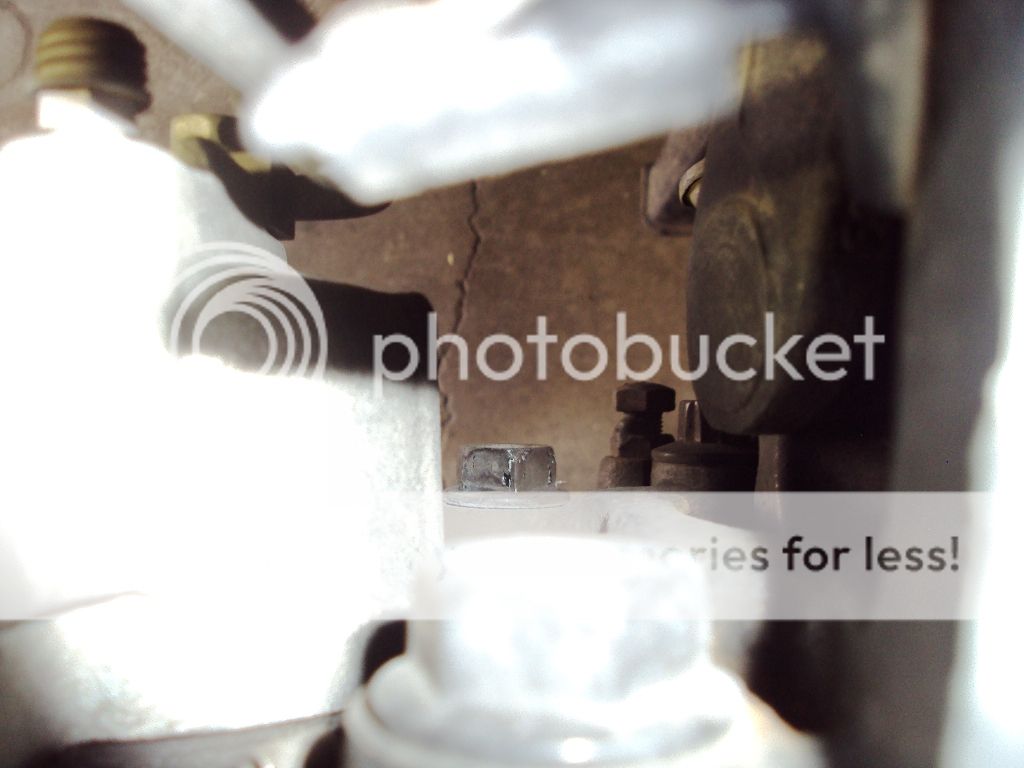
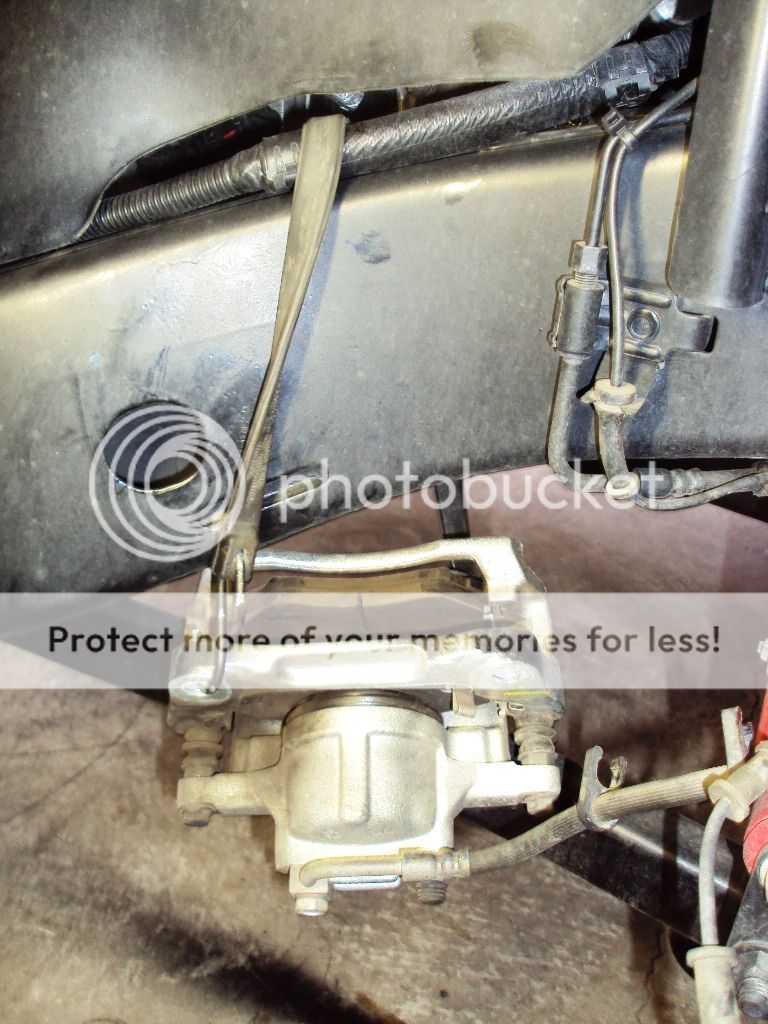
5) Remove the bolt that hold the wheel speed sensor to the hub bearing but do not remove sensor at this time.
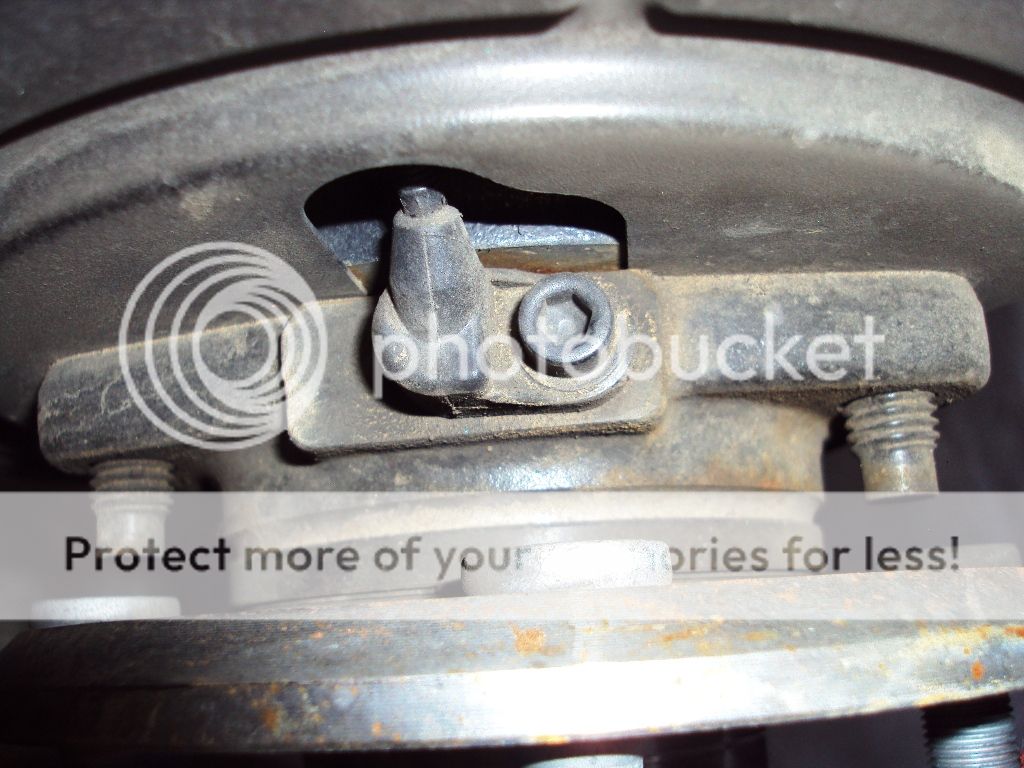
6) Using a 13mm 12 pint socket, remove the three bolts on the back side of the knuckle that mount the hub assembly to the knuckle.

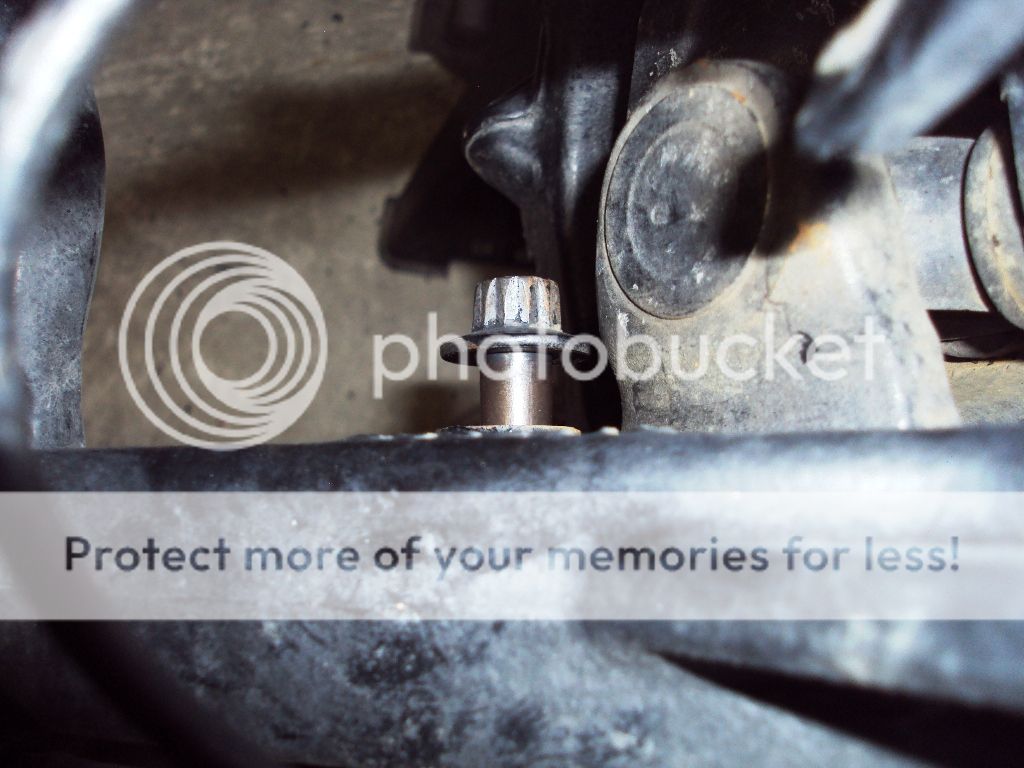
7) Rap the outer edge of the hub assembly with a rubber mallet or deadblow hammer and pull it out from the knuckle a few inches.
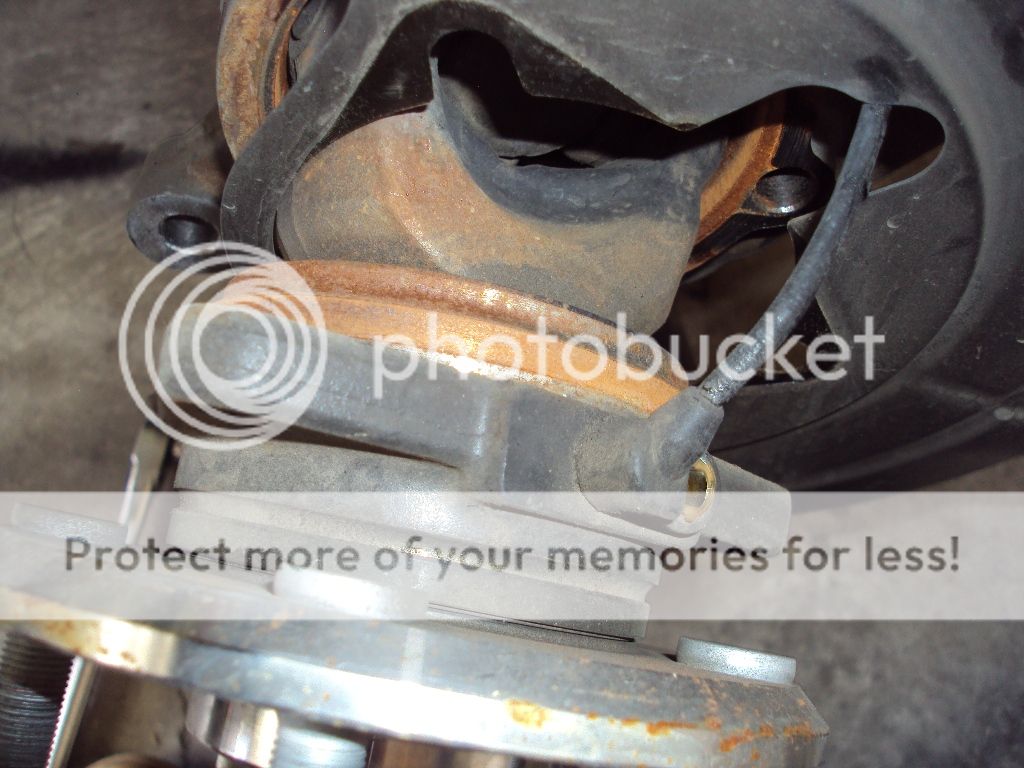
8) Carefully remove the wheel speed sensor from the hub and pass it through the slot in the backing plate. Hang the harness and sensor on the brake caliper. Treat the sensor gently as it can be easily broken or damaged.

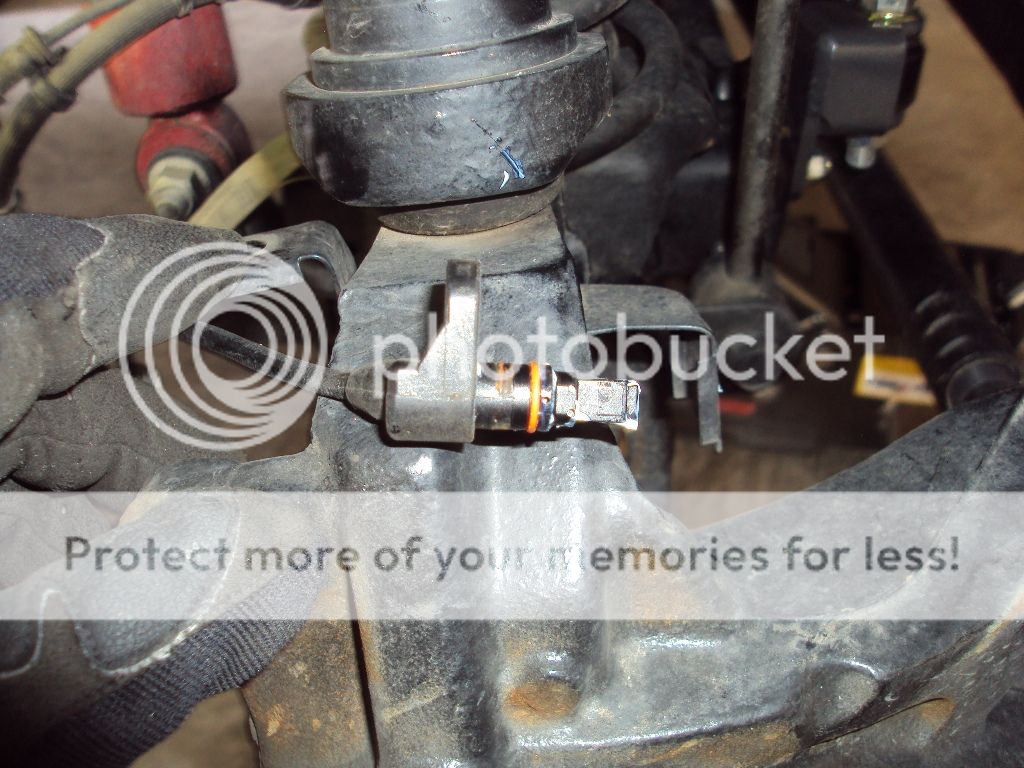
9) Pull the axle shaft completely out and set it on a clean surface.








































